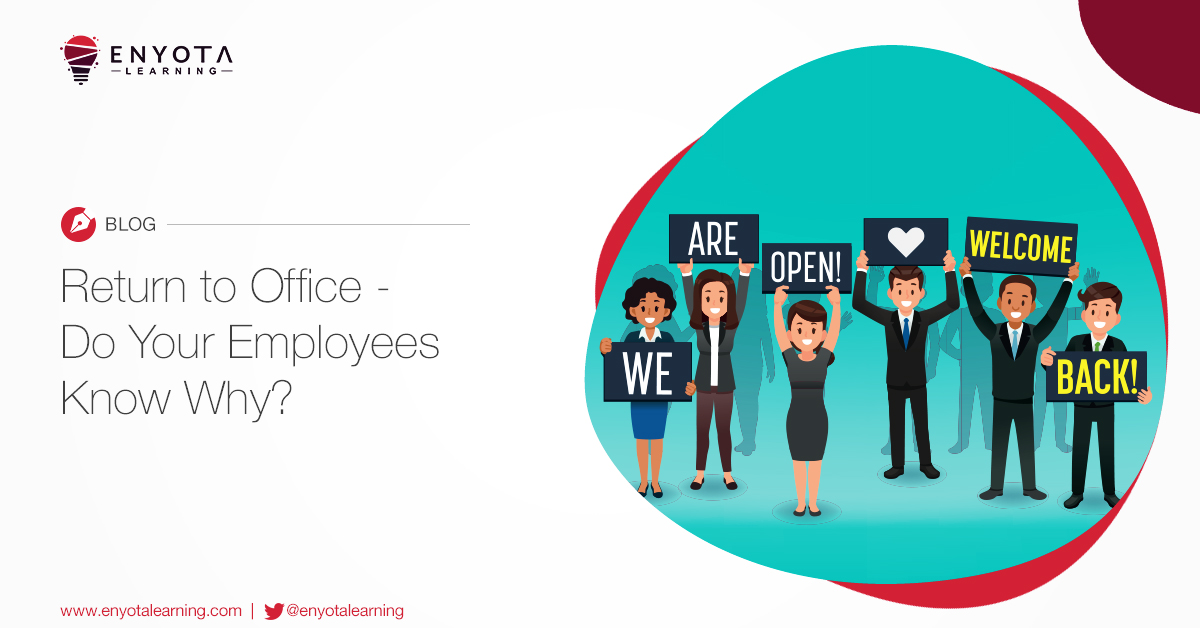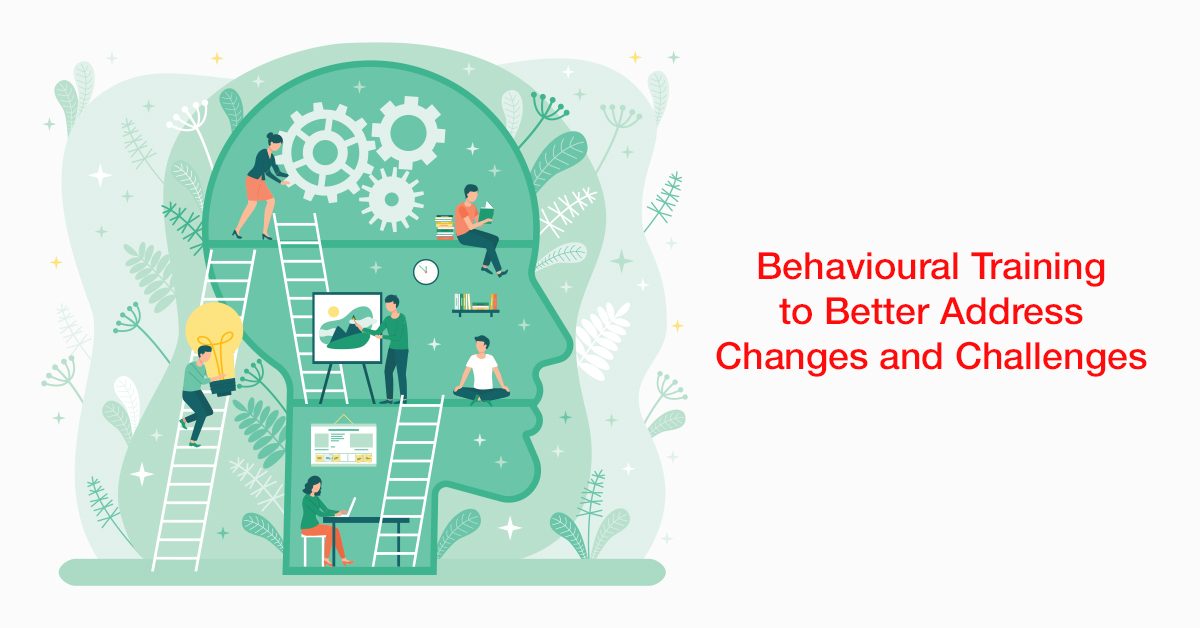
2020 has indeed been an eventful year for eLearning. It cemented itself in the minds of learners and trainers from all age groups and walks of life, by allowing organizations to transition to a changed world due to the pandemic – eLearning did it all.
This article takes a look at eLearning’s contribution and also looks into how it has shaped and reshaped itself over the last one year.
eLearning’s Contribution
eLearning Takes the Mainstage
The pandemic changed the way humans interacted in just a matter of days. Face-to-face interactions declined and everybody switched to some form of remote communications. Needless to say, traditional training took a backseat. However, organizations did not stop functioning or training. Instead, they switched to eLearning. Currently over 95% of all training is in some form of eLearning. However, a 2017 Training Magazine reported that:
- 42% of training was delivered by instructors in person with traveling learners and venues. This was an increase from 41% the previous year.
- 28% of training was delivered via eLearning which is a down from 30%.
- Virtual training session accounted for 14% which was also down from 16%.
So as evident, up until just three years ago, classroom training still seemed to rule the training rosters for most organizations and training facilitators. However, the tables have turned, and eLearning now accounts for most of the training. In fact, there seems to be no other alternative to eLearning given the current scenario which is a clear indication that eLearning is here to stay.
Everybody Needs eLearning
From organizations to training institutes to schools and colleges, everybody is using eLearning. A survey conducted by the US Census Board reported that 65% of US households were relying on eLearning during the pandemic. When studying the data for 2017 and 2018, it indicates that only 21% of the US public schools offered at least one course entirely online. And only 5.7% offered all their courses online.
As evident, the jump or shift to eLearning is massive owing to the pandemic which simply indicates that everybody needs eLearning today. Not only does it facilitate the safety of learners, but it also opened new avenues for parents and children to spend more time together.
eLearning Assists with the War on the Pandemic
The current use of eLearning is not limited to education bodies only. Government bodies are extensively using video conferencing tools and online programs to reach remote viewers as well. The Department of Health, Australia, is currently operating an online training activity, consisting of health and safety modules to train healthcare workers. These modules encompass the fundamentals of infection, control, and prevention from COVID-19. The WHO is also using eLearning and digital training tools to provide training to its globally dispersed healthcare workers in a similar manner.
Change in eLearning’s Usage
Quick to Build and Deploy
eLearning itself can be split into the pre and mid-pandemic era. Before the pandemic, organizations thought of eLearning as an elaborate, time-consuming, and expensive affair. Although, traditional training activities are still way more elaborate, the perceived complexity and sheer number of options available within the eLearning market left organizations uncomfortable and open to declare it unwieldy.
However, the current eLearning trend shows that eLearning can be built fast to cater to needs that have just risen. In fact, rapid eLearning deployment which works on slide-based eLearning is used to develop quick training content when time and budgets, both are low. The idea however was to assist the workforce in making an effortless switch to remote working and the quick training assisted in setting the workflows and processes for a reshaped organization.
More Visuals and Interactivity
Video training is generally considered to be a superior form of training design for the audience of 2020. As the stats related to videos and its consumption only increases, for example 500 hours of YouTube content is uploaded every day and 5 billion videos are watched everyday by a user base of 2 billion.
The concept of training converted into videos to engage more learners is not foreign or surprising.
In fact, the Royal College of Pathologists has launched a weekly series of online seminars to run through April, May, and June that looks at COVID-19 and its implications on pathology.
User Generated Learning Content
Readymade eLearning content will seldom work for all. This is something we have mentioned before as well. However, organizations are slowly realizing this. Today, the idea is to identify subject matter experts from within the organization and turn them into social leaders for the rest to follow.
These SMEs are responsible for creating the training content used to train their peers. On a larger scale, organizations are also using data created by the workforce on a daily basis and turning it into user generated eLearning content for everybody to learn. This content can then be shared with custom eLearning developers who turn it into rich and interactive eLearning courses or can also assist with turning it into rapid eLearning content.
Conclusion
We are a custom eLearning development house with over 15 years of experience. We are experienced in assisting organizations with varying needs and complexities and putting together eLearning-based training content for their immediate and extended employees.
To know more, reach us at contact@enyotalearning.com or click fill a quick contact form.





